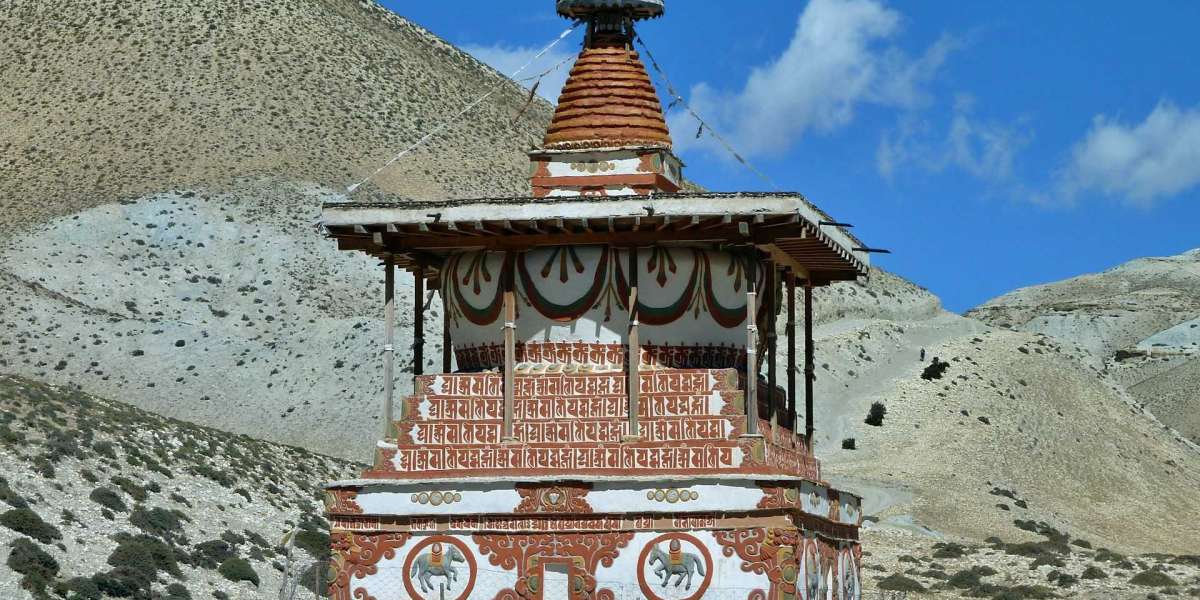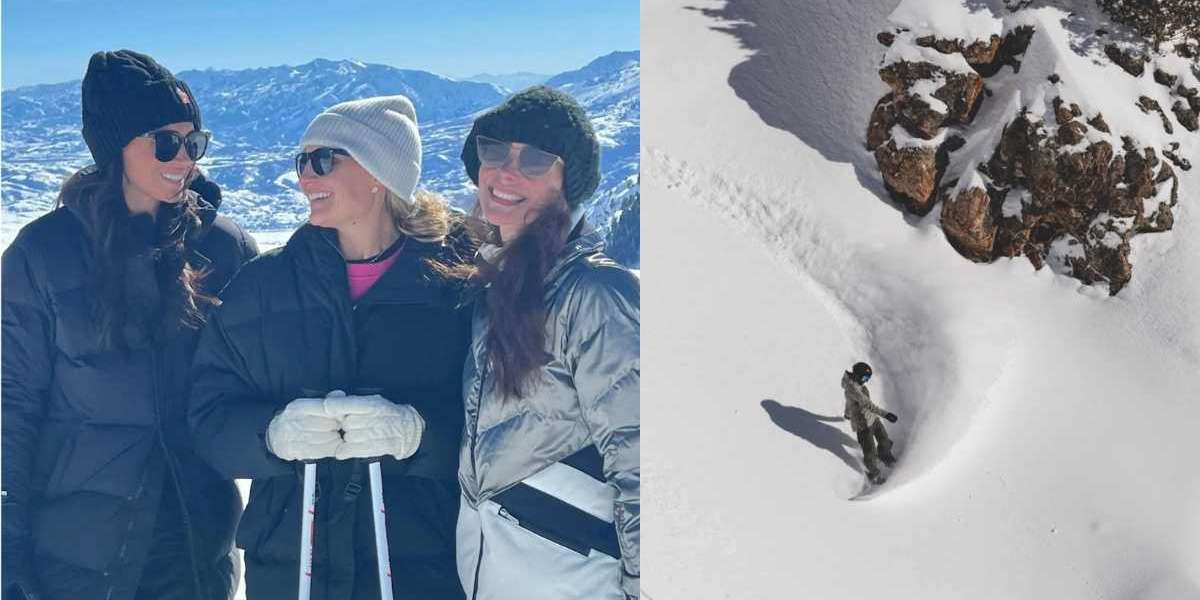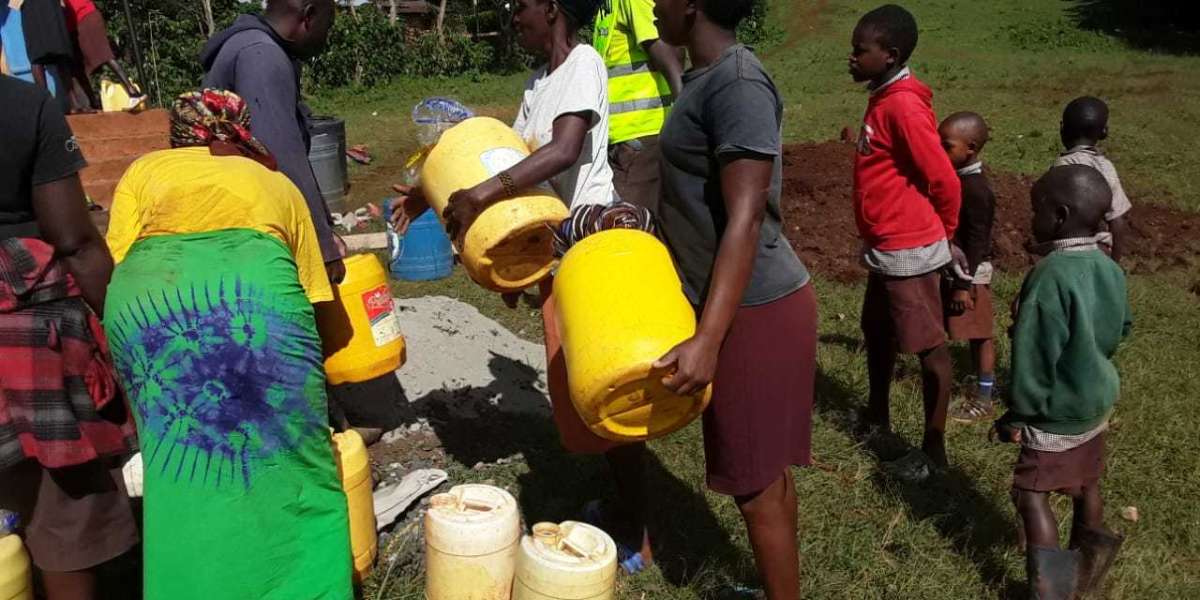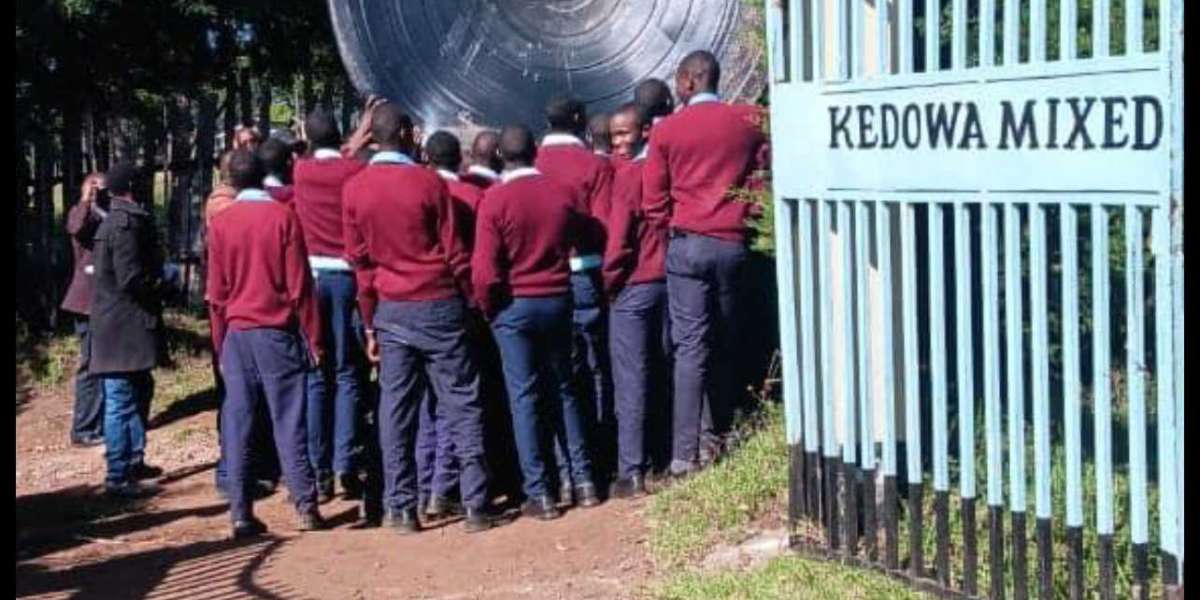The Upper Mustang Trek is one of the most unique and culturally rich trekking experiences in Nepal. Located in the remote Trans-Himalayan region, Upper Mustang was once a restricted kingdom, isolated from the rest of the world until the 1990s. This trek offers trekkers a glimpse into a mystical land where ancient Tibetan culture thrives, and dramatic desert landscapes meet rugged mountain terrain. If you’re looking for an unforgettable adventure that combines history, culture, and natural beauty, the Upper Mustang Trek is a must-do.
Safety and Trekking Conditions
The Upper Mustang Trek is considered moderate in difficulty but requires good physical fitness and preparation. While the altitude is not as extreme as other high-altitude treks in Nepal, reaching around 4,000 meters at its highest point, it’s still important to acclimatize properly to avoid altitude sickness. Trekking for 10 to 14 days, the route crosses barren landscapes, ancient villages, and ancient monasteries, all while being surrounded by breathtaking views of the Annapurna and Dhaulagiri mountain ranges.
Due to the remote nature of Upper Mustang, the trail conditions can vary, with some days requiring long walks over rocky or dusty paths. It’s important to be prepared for changes in weather, as temperatures can drop significantly at night, especially during the spring and autumn seasons. The best time to trek is during the spring (March to May) and autumn (September to November), when the weather is stable, and the skies are clear.
Cultural Insights
Upper Mustang is often referred to as the "Last Forbidden Kingdom" due to its preservation of Tibetan culture, untouched by the modern world. The region has a unique history and culture that remains deeply tied to Tibetan Buddhism, with ancient monasteries, cave dwellings, and centuries-old fortresses scattered throughout the landscape.
The trek passes through traditional Tibetan villages, where the inhabitants speak the Tibetan language and practice the same customs and traditions that have been passed down through generations. The most notable cultural highlights include:
Lo Manthang: The capital of Upper Mustang, Lo Manthang is an ancient walled city with narrow streets, traditional Tibetan architecture, and the stunning Thubchen Monastery. This city was the former seat of the Mustang Kingdom’s royal family.
Ghar Gompa: A 15th-century monastery located near Lo Manthang, Ghar Gompa is one of the oldest in the region and is known for its peaceful atmosphere and spiritual significance.
Cave Dwellings: Upper Mustang is home to incredible cave dwellings that date back centuries. These caves are carved into the cliffs and served as residences, temples, and monasteries for the ancient Mustang people.
Throughout the trek, you’ll have opportunities to interact with locals, gain insights into their unique way of life, and explore remote temples and monasteries that hold great religious and cultural significance.
Route and Itinerary Overview
The Upper Mustang Trek typically begins in Jomsom, which is accessible by flight from Pokhara. From Jomsom, the trail heads north to the restricted region of Upper Mustang, passing through villages like Kagbeni, Chele, and Syangboche before reaching Lo Manthang. Here's a typical itinerary for the trek:
Day 1: Pokhara to Jomsom – Fly from Pokhara to Jomsom and begin your trek to Kagbeni, the gateway to Upper Mustang.
Day 2-3: Kagbeni to Chele – Trek through the Kali Gandaki Valley, passing through ancient villages with views of the Nilgiri and Annapurna mountains.
Day 4-5: Chele to Ghami – Continue your ascent through rocky terrain and arid landscapes, with stops at small Tibetan villages along the way.
Day 6-7: Ghami to Lo Manthang – The highlight of the trek, Lo Manthang, is a fascinating medieval city surrounded by walls. Explore the city’s monasteries and the famous palace of the former Mustang king.
Day 8-9: Exploration and Return – After exploring Lo Manthang, visit surrounding caves, monasteries, and viewpoints before retracing your steps back to Jomsom.
The trek typically lasts 12-14 days, depending on acclimatization, exploration, and rest days in key locations.
Permits and Logistics
The Upper Mustang region is a restricted area, so trekkers must obtain a special permit to enter. The necessary permits include:
Annapurna Conservation Area Permit (ACAP)
Upper Mustang Restricted Area Permit (RAP)
These permits are issued by the Department of Immigration in Kathmandu and can only be arranged through a licensed trekking agency in Nepal. It’s required to trek in a group with a guide and a porter, as independent trekking is not allowed in the restricted zone.
Environmental Responsibility and Ethical Trekking
Upper Mustang is a fragile and unique environment. As trekkers, it’s important to minimize your environmental impact by following ethical trekking practices. Avoid using plastic bottles, take care to leave no trace of your visit, and respect local customs and traditions. The remote nature of the region means that the local communities rely heavily on sustainable tourism, and it’s essential to choose trekking companies that prioritize the environment and local welfare.
Conclusion
The Upper Mustang Trek offers a journey into one of the most culturally and historically rich regions of Nepal. From ancient monasteries and hidden cave dwellings to dramatic landscapes and traditional Tibetan villages, the trek provides an unparalleled opportunity to experience Nepal’s heritage in its purest form. Whether you’re an experienced trekker or someone seeking to explore an untouched corner of the Himalayas, the Upper Mustang Trek is an unforgettable adventure that will stay with you forever.








